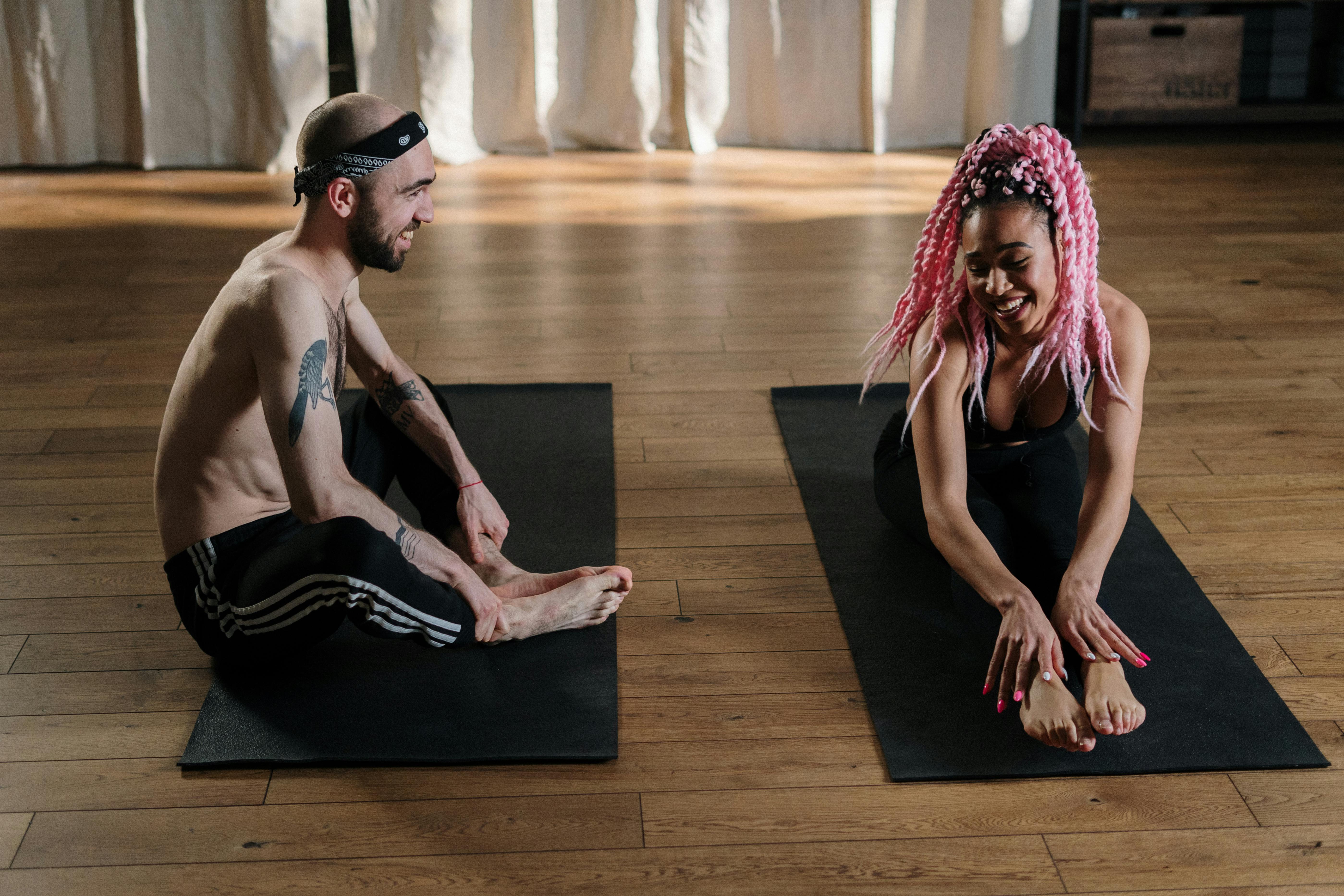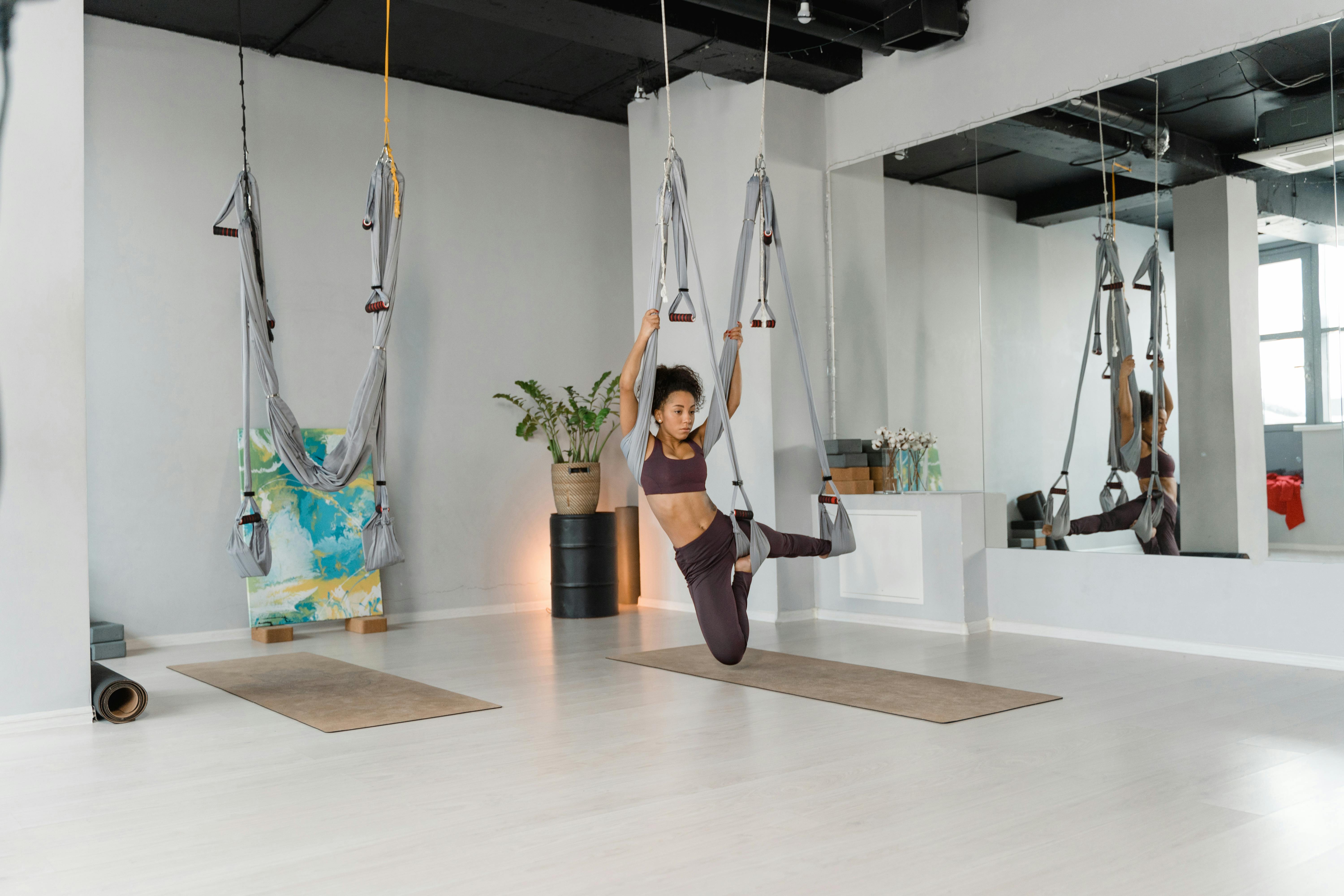Many people mistakenly believe that all vigorous forms of exercise are aerobic in nature. However, some forms of vigorous exercise are actually anaerobic and have a very different effect on the body. If you’re just starting out with an exercise regimen, this information will help you tell the difference between the two and tailor your workouts accordingly.
So what exactly is the definition of aerobic exercise? Aerobic means “with oxygen”, where anaerobic is “without oxygen”. No, that doesn’t mean holding your breath while exercising! Rather, it refers to cellular tissues that produce energy without having to rely on the availability of oxygen. Alternatively, you may have guessed that aerobic exercise requires large amounts of oxygen to generate energy. The fundamental difference between aerobic and anaerobic exercises is that simple.
A more detailed definition is that during aerobic exercise, the activity is so sustained that it requires large amounts of oxygen. Muscles use oxygen to burn fat and glucose to make adenosine triphosphate (ATP), the basic energy vehicle for all cells in the body. During the initial stages of aerobic exercise, glycogen is converted to glucose. If glucose stores are depleted, fat is metabolized for fuel. Interestingly, the “runner’s high” occurs when muscles have depleted their immediate glycogen stores and begin to rely only on oxygen, which releases endorphins in the brain.
During anaerobic exercise, the muscles that are used rely on energy-producing processes that do not require large amounts of oxygen. Instead, the body metabolizes muscle glycogen for energy. Glycogen is supplied by blood sugar, which is made by the liver from dietary amino acids and carbohydrates—whole grains, of course! Anaerobic exercise is so fast and brief that it doesn’t have time to rely on oxygen, so glycogen is used.
Some people mistakenly believe that aerobic exercise makes you small and weak. However, it actually tones muscles throughout the body and burns fat. This will make you look great in your bathing suit, not to mention your birthday suit! The effects aerobic activity has on your body are not merely cosmetic – there are numerous health benefits, including:
Improved circulation and decreased blood pressure.
Increased lung capacity through stronger respiratory muscles
A stronger heart, which increases pumping efficiency and lowers your resting heart rate
Increased red blood cell count, which carries oxygen more efficiently throughout the body.
Reduced risk of cardiovascular diseases
The effects that anaerobic exercise has on your body means being able to deliver powerful performance on demand. That’s handy when you’re running for the goal line or taking a break to score after stealing the ball. Muscles that are trained anaerobically develop differently, increasing their performance in short, high-intensity situations. Benefits included:
stronger bones
Reduction of muscle atrophy with age.
Increased speed and power
Increased strength and muscle mass
It is important to understand the different types of exercises that produce an aerobic vs. anaerobic effect. Anaerobic benefits occur with short, high-intensity activities, while in the aerobic zone the exertion is moderate with a constant heart rate.
Specific types of anaerobic exercise include tennis, weightlifting, sprinting, and jumping. If you prefer not to frequent a gym, lifting weights can be done in the comfort of your own home. A few dumbbells, a weight bench, and a medicine ball are all you need.
Some good aerobic exercises are walking, running, swimming, bicycling, cross-country skiing, and rowing. Fortunately, you can do aerobic exercise at home: ride a stationary bike, walk on a treadmill, or follow an exercise video—the options are practically endless. This is particularly useful if it is raining or very cold outside. Also, depending on where you live, it’s possible to go snowshoeing, hiking, or kayaking without ever setting foot in the car.
The combination of aerobic and anaerobic exercise is essential to maintain a balanced physical condition in general. While most associate getting fit with aerobic activities, anaerobic exercise is a beneficial adjunct to aerobic exercise. For example, lifting weights is a great way to add even more tone and definition beyond what aerobic training provides.
Be sure to check with your doctor before beginning any exercise regimen. Also, it is very important to start any exercise program slowly. Many people overdo it and lose motivation or, worse yet, get injured. You may experience some soreness the day after you exercise at first; but if you’re so sore that you can only exercise once or twice a week, it’s counterproductive. Make exercise a healthy habit by doing a little every day; you can increase the intensity as you build endurance and strength over time.
Of course, a daily exercise routine is only one factor in the equation for optimal health. You should also enjoy a delicious and nutritious diet, get eight hours of sleep every night, avoid habits like smoking and excessive drinking, and make sure you get the full spectrum of vitamins and minerals your body needs to look and feel your best. .




